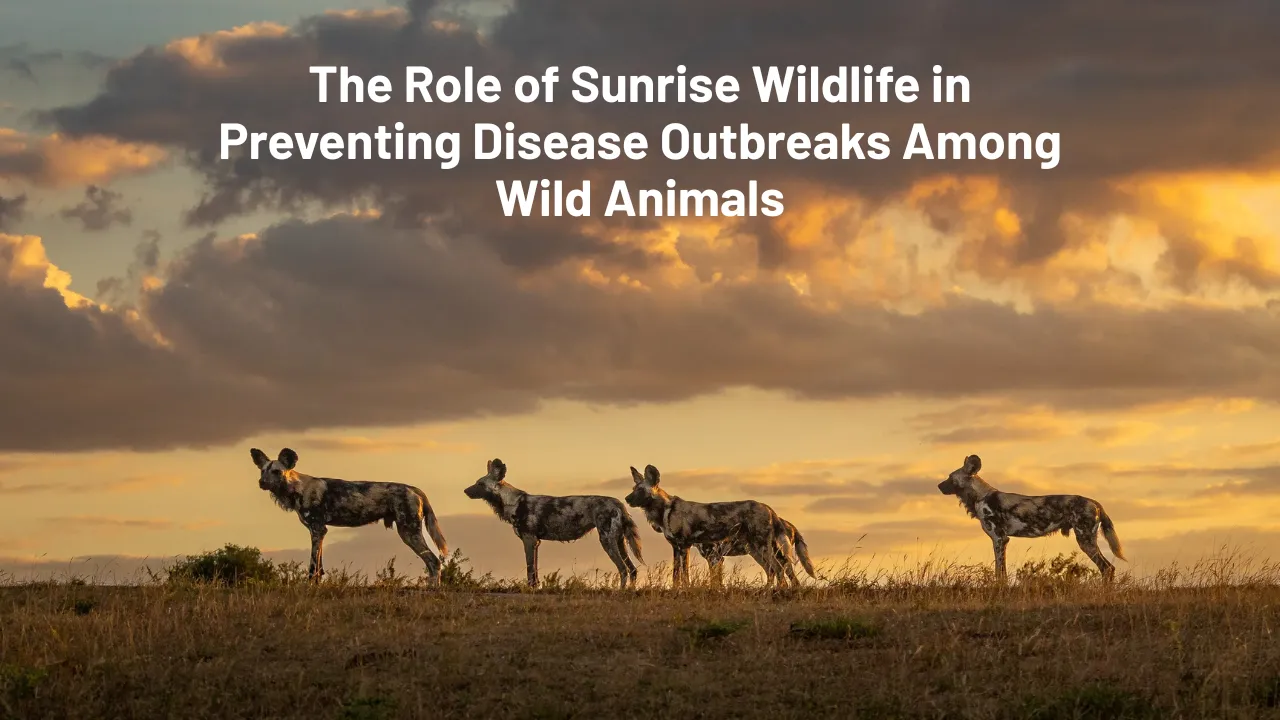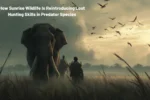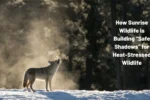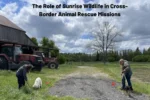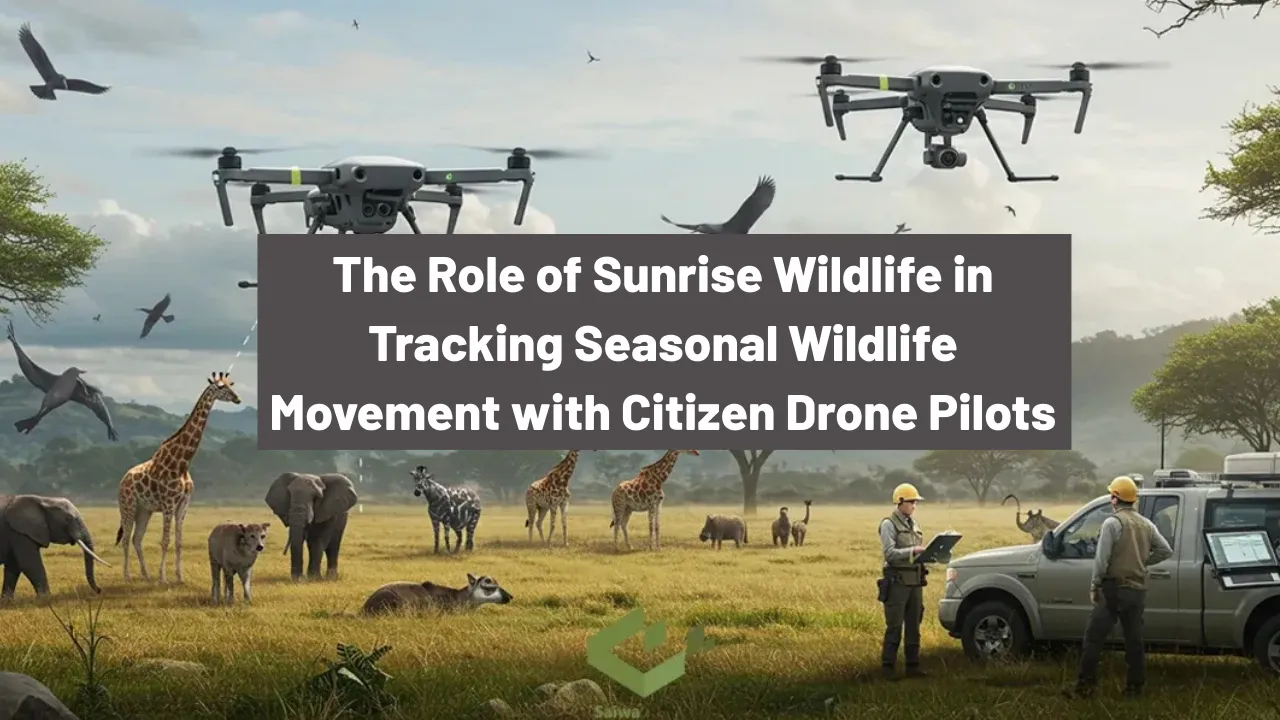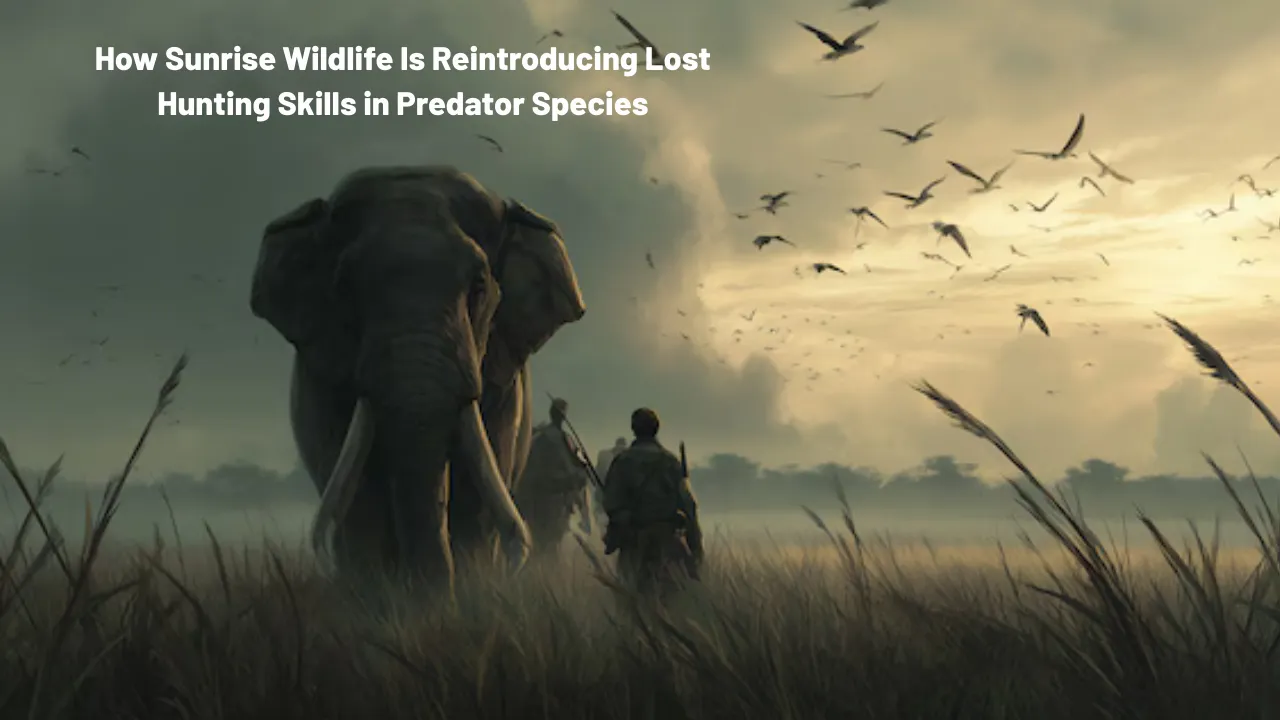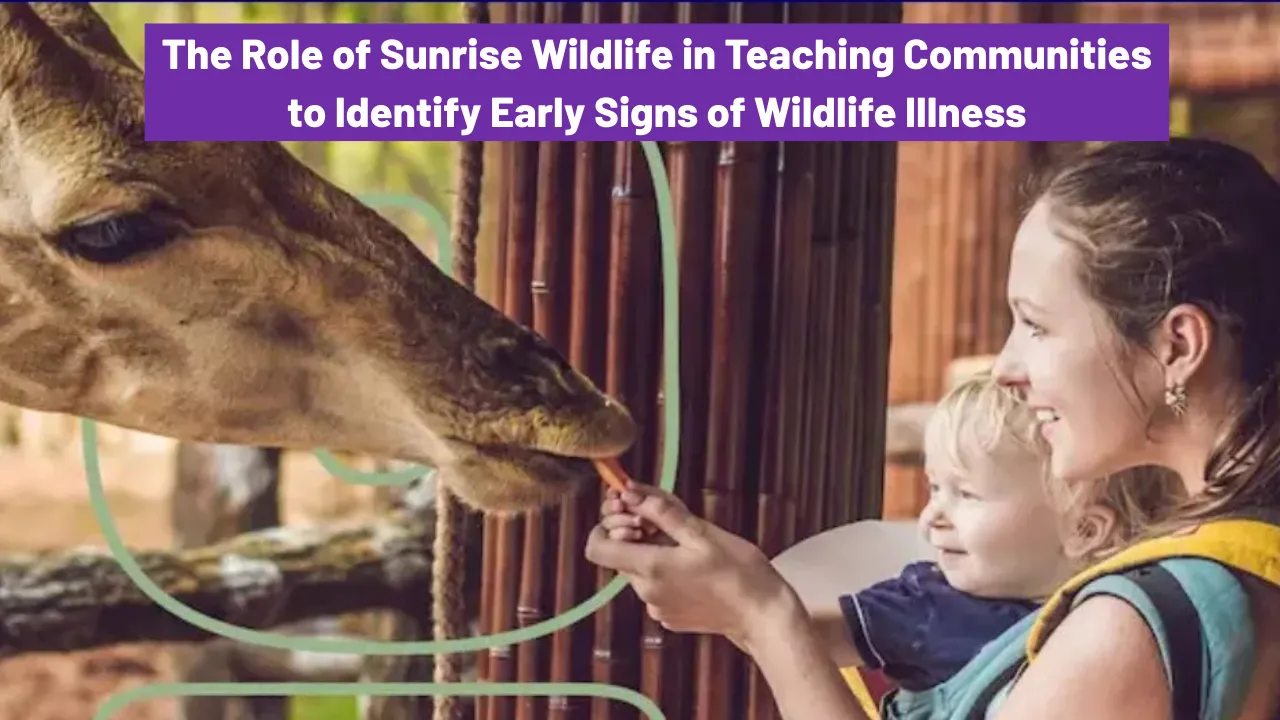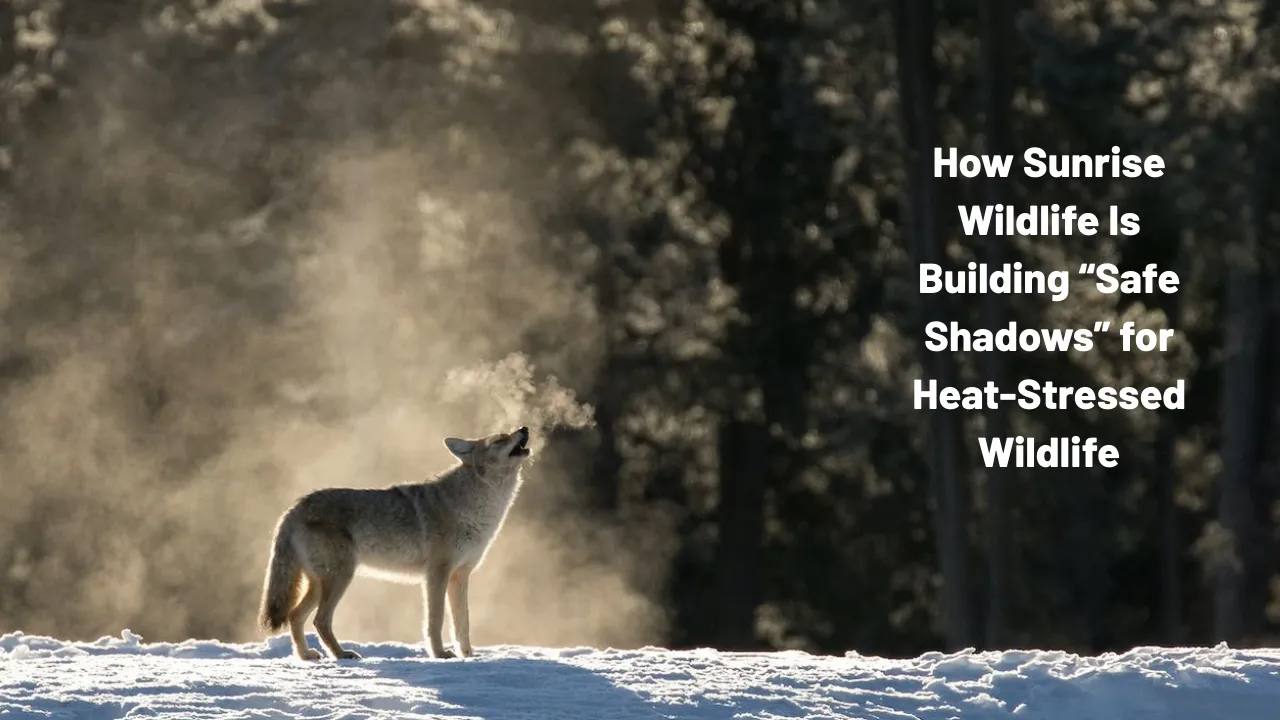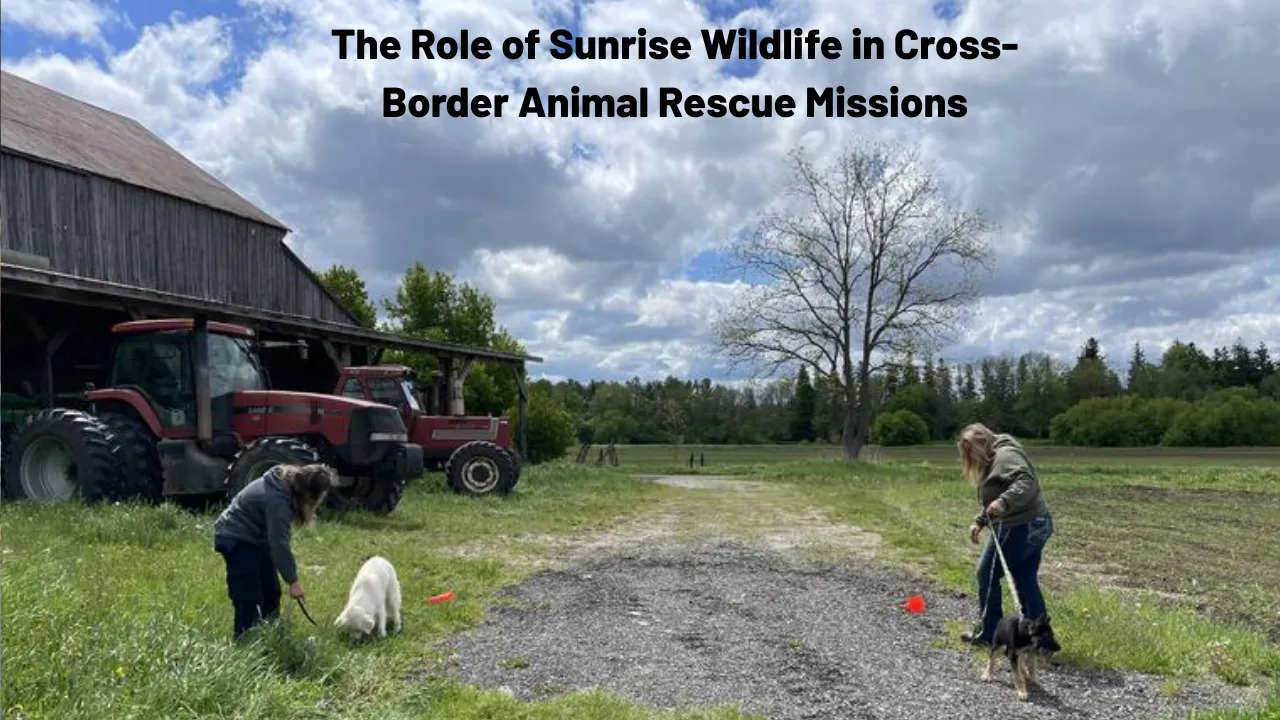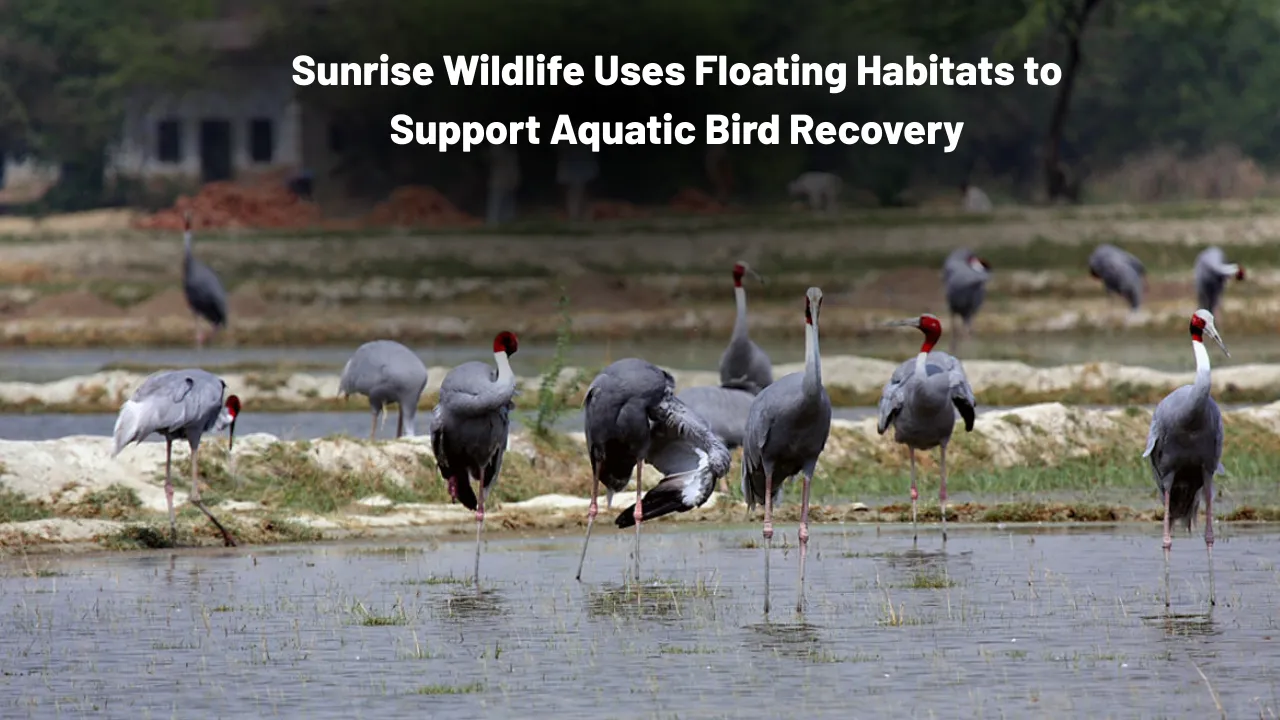Sunrise Wildlife: Sunrise Wildlife stands at the forefront of wildlife health, acting as a vital line of defense against disease outbreaks in the animal kingdom. As natural habitats continue to shrink and human activities encroach further into wild territories, the risk of disease spreading among wild animals—and even spilling over to humans—has never been higher. The health of wild ecosystems depends on the stability and protection of every species that inhabits it, and that’s where Sunrise Wildlife plays its pivotal role.
This article takes a deep dive into how Sunrise Wildlife helps control and prevent diseases among wild animals. From employing advanced wildlife monitoring to community engagement and using modern tools for early disease detection, Sunrise Wildlife adopts a multifaceted approach. We’ll explore their unique methods, the impact of conservation strategies, and how they are helping secure the health of both animals and ecosystems.
Sunrise Wildlife: A Keystone in Wild Animal Disease Prevention
Sunrise Wildlife isn’t just a name; it’s a mission rooted in proactive protection of animal health. Their efforts target the growing challenge of wildlife disease prevention, a field that blends wildlife research, science, and boots-on-the-ground conservation. By continuously studying patterns of disease in the wild, protecting endangered species, and working closely with local communities, Sunrise Wildlife delivers a comprehensive, prevention-first model of conservation. Their focus on maintaining biodiversity and managing habitats ensures long-term health for species, helping prevent the escalation of infectious diseases that can jump from animals to humans.
Overview Table: Key Roles Played by Sunrise Wildlife
| Activity | Purpose | Impact on Wildlife Health |
| Animal Health Monitoring | Detect illnesses early | Stops disease before it spreads |
| Habitat Protection | Maintain balanced ecosystems | Reduces animal stress and exposure |
| Disease Tracking & Surveillance | Follow disease patterns through wildlife research | Identifies high-risk zones |
| Community Education Programs | Teach locals how to report unusual animal behavior | Boosts early warning systems |
| Use of Technology | Track animals and analyze behavior with modern tools | Improves accuracy in detection |
How Sunrise Wildlife Tracks Animal Health
Monitoring animal health in real-time is one of Sunrise Wildlife’s primary strategies. Their teams perform field surveys and biological sampling to understand how diseases may be circulating among populations. By closely watching high-risk species such as primates, birds, and predators, they identify early signs of illnesses that could escalate quickly.
Using GPS tracking collars, motion-triggered cameras, and remote sensing, experts can see where animals travel and interact. If a sick animal is moving between different groups, disease transmission can be modeled and contained. This process is key to stopping zoonotic threats before they affect larger populations—or even humans.
Importance of Habitat Management
Habitat destruction is one of the main triggers for disease outbreaks in wildlife. When animals lose their homes to deforestation or human development, they are forced into closer contact with other species, increasing the chances of disease spread. Sunrise Wildlife responds by protecting and restoring natural areas through reforestation, removing invasive species, and supporting biodiversity.
By maintaining clean water sources, planting native plants, and minimizing human-wildlife conflict zones, they provide healthier environments that allow wildlife to thrive. A strong habitat acts like a natural barrier to disease, keeping outbreaks in check before they start.
The Power of Early Detection
Reacting to a disease once it spreads is far more difficult than stopping it early. That’s why Sunrise Wildlife focuses on prevention through early disease detection. Their staff is trained to notice subtle shifts in animal movement, diet, and social behavior—often the first indicators of a health issue.
Backed by lab testing of tissue, water, and fecal samples, these observations help experts pinpoint diseases like canine distemper, avian flu, or tuberculosis in wildlife populations. Early action means less risk for endangered species and a lower chance that the disease reaches human communities nearby.
Two Key Ways Sunrise Wildlife Prevents Disease:
- Vaccination Programs in the Wild
For species at high risk—like endangered wolves, big cats, or monkeys—Sunrise Wildlife sometimes introduces controlled vaccination programs. These are designed to boost immune defenses against known threats like rabies, with minimal disruption to the animals’ natural behavior. - Quarantine and Isolation Procedures
When sick animals are discovered, temporary quarantine areas are established. Here, the animal can be monitored and treated without spreading illness to others. This approach is often used in sanctuaries or transitional zones during rescue and rehabilitation operations.
Working with Local Communities
Local people often serve as the first alert system for wildlife illness. Sunrise Wildlife engages these communities through workshops and training sessions. Residents are taught how to recognize signs of sick animals and where to report them safely. This community-based surveillance adds a vital human element to the disease prevention network.
By building trust and offering education, Sunrise Wildlife ensures people understand the benefits of wildlife health, not just for animals but for their own well-being too. Healthy wildlife means fewer risks of zoonotic disease transmission and a more stable environment.
Using Modern Technology to Stay Ahead
Technology is one of the most powerful tools in wildlife disease prevention. Sunrise Wildlife leverages drones for aerial surveys, infrared cameras to detect fevers in animals, and data analytics software to spot trends across seasons or territories.
Through this integration of tech and field science, they can act faster than ever before. Sudden changes in migration, drops in population, or even unusual animal deaths are flagged immediately, allowing for targeted response.
List of Wildlife Diseases Monitored by Sunrise Wildlife:
- Rabies
- Canine Distemper
- Avian Influenza
- Tuberculosis
- Anthrax
Common Carriers of Disease in the Wild:
- Bats
- Rodents
- Wild Canines
- Birds
- Primates
FAQs
How does Sunrise Wildlife help prevent diseases in wild animals?
They monitor health, protect habitats, isolate sick animals, and work with locals to identify early warning signs.
Why is habitat protection so important for animal health?
A stable habitat reduces animal stress and exposure to pathogens, which helps stop disease before it spreads.
Can Sunrise Wildlife stop diseases from reaching humans?
Yes. By detecting and stopping diseases early in animals, they lower the chance of zoonotic diseases affecting humans.
What technologies are used by Sunrise Wildlife?
They use GPS tracking, drones, camera traps, and lab diagnostics to detect and monitor health threats.
Are there any successful outcomes from Sunrise Wildlife’s efforts?
Yes, they’ve helped reduce outbreaks of rabies and distemper in multiple regions and improved survival rates in endangered species.
Final Thought
In an age where environmental threats and pandemics are a real concern, Sunrise Wildlife provides a strong line of defense for both animals and people. Their work is not just about protecting one species—it’s about maintaining the delicate balance of life that all creatures depend on. Through dedicated research, smart strategies, and community support, they are helping wild populations stay healthy and resilient.
If you’re inspired by their mission, consider sharing this article or supporting local conservation groups. Want to go deeper into nature’s patterns? Explore more wildlife stories to connect even further with the world around you.
